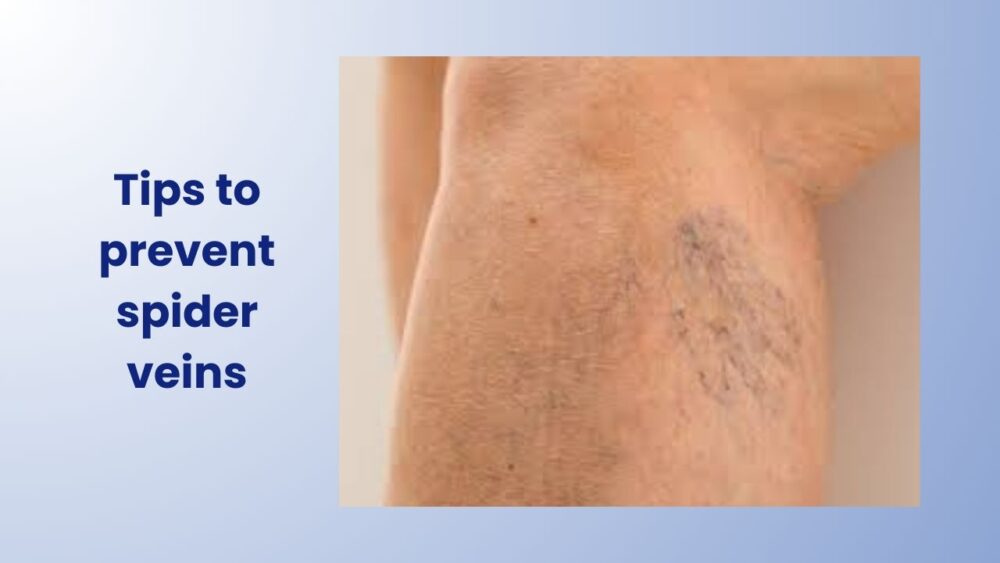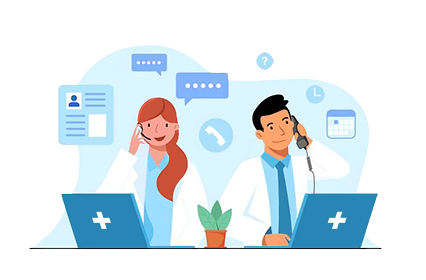
If you've noticed a sequence of thin, red, web-like lines on your legs and asked, "What's this?" chances are you simply hurt your leg against something. However, if those spidery lines persist and even seem to be spreading weeks later, friends might inquire, "Why is your leg bruised?"
Read the following tips to prevent spider veins. By incorporating these habits into your daily routine, you can treat existing spider veins to refrain further worsening and deter the formation of new ones.
Stay active: Prolonged periods of inactivity, especially standing for long hours, increase the likelihood of developing spider veins. Combat this by getting up and moving every hour or so to prevent fluid retention in your legs. Consider going for short walks or wearing compression socks, which improve blood circulation and reduce fluid buildup leading to spider veins.
Elevate your legs: If your legs remain swollen even after exercising and wearing compression socks, elevate them in the evening to prevent blood from pooling. This simple step can make a significant difference.
Maintain a healthy weight: Being overweight places additional strain on your leg muscles, joints, and blood vessels, which may contribute to the development of spider veins. Keep your weight under control to reduce the risk.
Avoid sudden temperature changes: Limit the use of cold water after saunas and hot baths. Sudden changes in skin temperature can contribute to the formation of spider veins.
Do spider veins pose a threat?
Spider veins, those fluttery little blotches, are a significant aesthetic concern for women, particularly as they age. Dr. Nellie Yazdani has helped numerous patients halt the progression of spider veins or prevent them altogether.
Generally, spider veins don't present an immediate or serious health concern. They are typically harmless, except for the emotional distress caused by self-consciousness about one's appearance. However, in some cases, spider veins may become painful and require treatment. While prevention is the best approach, if you already have spider veins, you can take steps to get rid of them.
Dr. Nellie specializes in laser ablation and sclerotherapy, offering the finest vein treatments available. For spider veins on the legs, she recommends sclerotherapy as the primary treatment option. In milder cases, non-invasive options such as compression stockings may suffice.
By making the lifestyle adjustments suggested above, you can also reduce the appearance of spider veins.
Schedule an appointment with Dr. Yazdani to learn more about spider veins, explore treatment options, or discuss your general venous health as part of the vascular system. You can easily book an appointment by calling our vein clinic or requesting one online.
Take charge of your vein health and say goodbye to spider veins today!


